
The special work was created by a team of artists and technicians. First, the 250 ancient Han Chinese characters had to be faithfully rewritten by 85-year-old calligrapher Nguyen Van Bach, before being shaped into brass characters by 70-year-old calligrapher Nguyen The Long.
The characters were placed on 12 sandallwood panels, symbolising the 12 months of the year, 12-year cycle of the lunar calendar and a symbol of long life for the country.
Thousands of brass screws were used to attach the characters to the base board, lacquered by artist Pham Xuan Binh from Bac Ninh province. The Z117 Factory, under the Ministry of Defence, plated the work in gold. The piece was then assembled, framed and decorated with patterns typical of the Ly dynasty by painter Phan Cam Thuong.
The funds to create the 4.6m long by 3.9m high masterpiece were donated by the Calligraphy Club of the Vietnam Association of Trade Villages.
In his royal proclamation King Ly Thai To (1010-28) pointed out that Dai La (now known as Hanoi) was a central point where four directions of traffic inter-sected and where the people lived in prosperity.
The king said that this site should be located in the country’s capital city thereafter.
“The land here is spacious and flat, such a fresh spot and a hub of commerce for the whole country,” he wrote.
The lacquer reproduction will be on display at the Hanoi Museum beginning in October 2010 to mark the 1,000th anniversary of the capital.
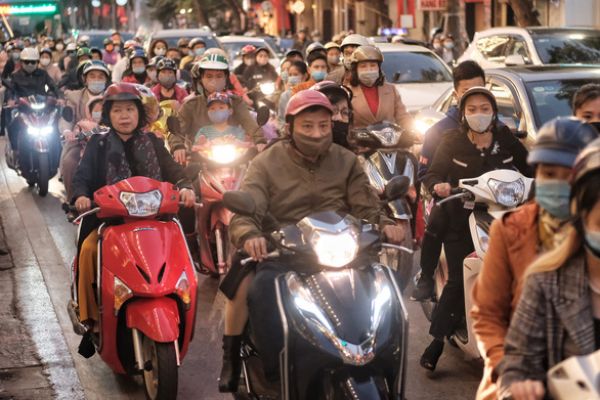
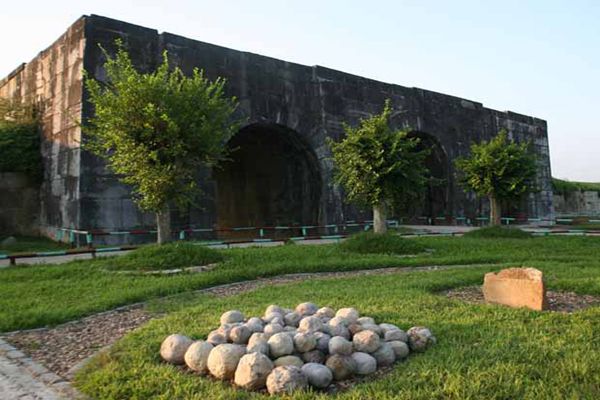
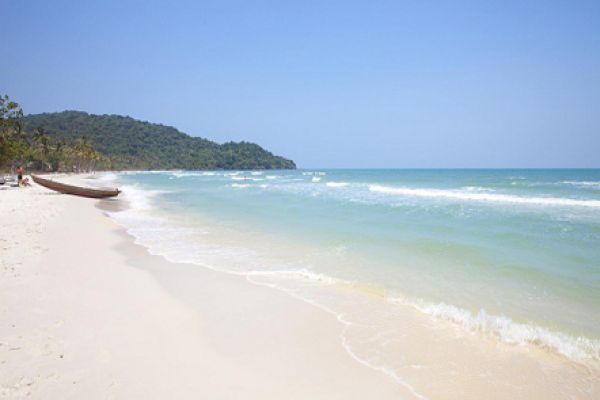
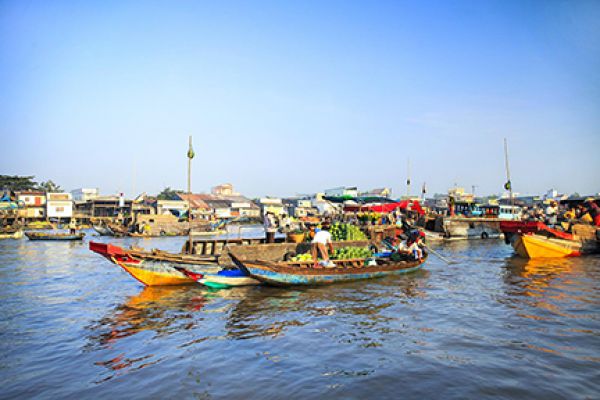
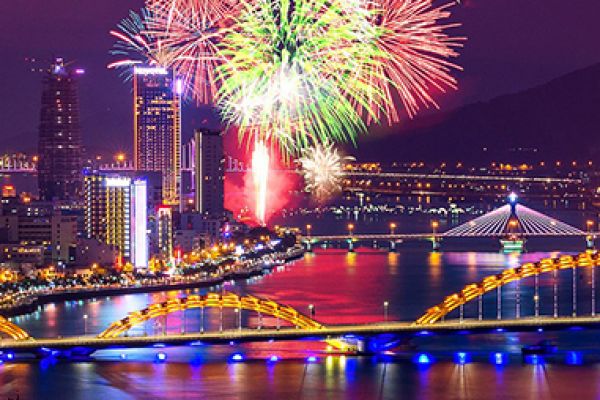


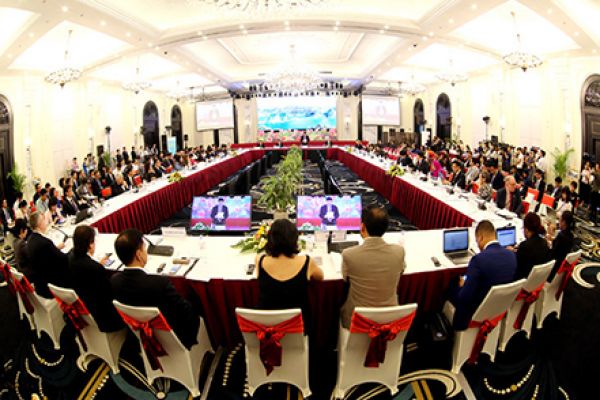
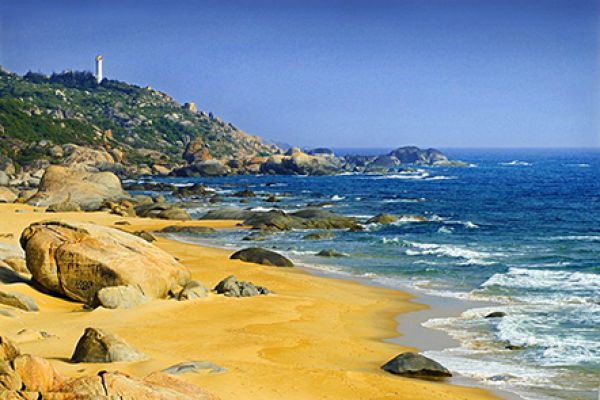
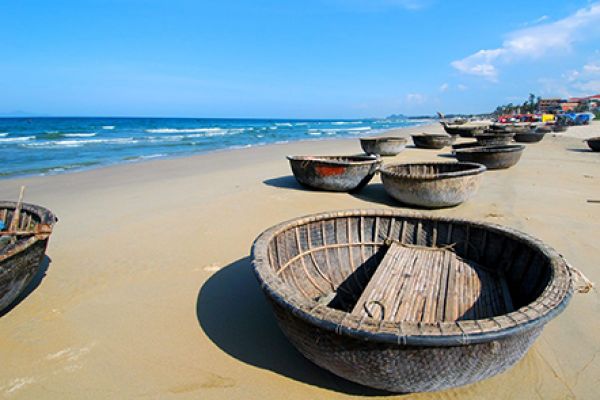
(84-63) 3 826042 – (84-63) 3 511142
No 54 Nguyen Dinh Chieu, Ham Tien Central Mui Ne Beach Binh Thuan Vietnam
523 To Hien Thanh District 10 Ho Chi Minh City Vietnam
Ha Long Halong City Quang Ninh Vietnam
A13 Hung Thong 2 Halong City Quang Ninh Vietnam




